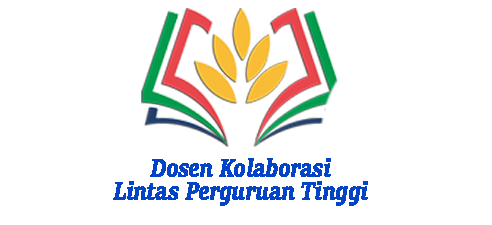The Relationship Between Instructional Leadership Practices And Students Academic Achievement Of Secondary Schools In Banda Acheh, Indonesia
Keywords:
Principals’ Instructional Leadership, Relationship, Students’ Academic AchievementAbstract
The study presents the relationship between principals’ instructional leadership practices and students’ academic achievement of secondary schools in Banda Aceh, Indonesia. The Principal Instructional Management Rating Scale (PIMRS) modified by Hallinger and Murphy (1985) and Latip (2006) was used as the data collection instrument through survey questionnaire. The respondents of this study were 12 principals and 163 randomly selected teachers of secondary schools Banda Aceh. The study used correlation statistical analysis based on interpretation of the Pearson Correlation (r) which provides the direction, significance, strength, and, considered as the most stable measure of correlation (Gay, 1992; Creswell 2008). There were twelve null hypotheses were formulated to examine the correlation of the two variables. This study found that there were only three job functions, namely, monitoring student progress, maintaining high visibility, and, developing and enforcing academic standards which had a significant relationship with students’ academic achievement. It is hoped that this research will provide useful findings which will effectively assist the process of instructional leadership enhancement among principals and teachers of secondary schools in Banda Aceh in order to improve students’ academic performance.
References
Blasé, J. & Blasé, J. (2000). Effective instructional leadership: Teachers perspective on how principals promote teaching and learning in schools. Journal of Educational Administration, 38(2), 130-141.
Cohen, L., & Manion, L. (1994). Research methods in education. (4 th ed). London: Routledge.
Cotton, K. (2003). Principals and student achievement. Melbourne: Hawker Brownlow Education.
Creswell, J. W. (2008). Educational Research. (2 nd ed). New Jersey: Pren-tice Hall
DuFour, R. (2002). The learning-centered principal. Educational Leader-ship 59(8), 12-15.
Dwyer, D. C. (1984). The search for instructional leadership: Routines and subtleties in the principal’s role. Educational Leadership 41(5), 32-37.
Enueme, C.P., & Egwunyenga, E.J. (2008). Principals’ instructional lead-ership roles and effect on teachers’ job performance: A case study of secondary schools in Asaba Metropolis, Delta State, Nigeria. Re-trieved on May 17 th, 2009,
Gamage, D., Adams, D., & McCormack, A. (2009) How does a school leader’s role influence student achievements? A review of research findings and best practices. Retrieved on July 27 th, 2009, from http://cnx.org/content/m19751/latest/
Gay, L.R. (1992). Educational research: Competencies for analysis and ap-plication. (4th . Ed.). New York: Macmillan Publication.
Green, R.L. (2005). Practicing the art of leadership: A problem-based ap-proach to implementing the ISLLC standards. (2nd ed). New Jersey:Pearson.
Greenfield, W.D. (1987), Instructional Leadership: Concepts, Issues,and Controversies. In Celikten, M. (2000). The instructionalleadership tasks of high school assistant principals, Journal of Educational Administration 39(1), 67-76.
Published
How to Cite
Issue
Section

This work is licensed under a Creative Commons Attribution-ShareAlike 4.0 International License.













